The applications of nuclear technology extend beyond our planet too. Without it, space travel and exploration would be extremely difficult. It is used to generate power, but also for scientific observation purposes.
Modern space travel would be unimaginable without the power of the nucleus. Chemical energy carriers like combustible solutions do not provide the energy density required for long space missions, and the added weight for the additional fuel needed would make the mission much more difficult. Solar panels are used to power satellites but their power output depends on the distance from the sun. For longer space missions, nuclear technology offers a viable solution.
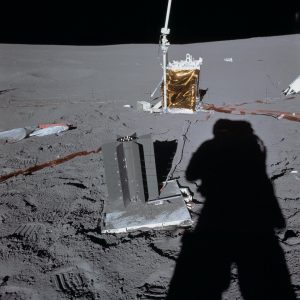
Figure 1: ALSEP Apollo 14 with SNAP-27 RTG on the moon1
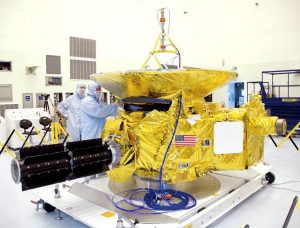
Figure 2: RTG of the New Horizons space prob2
The Systems Nuclear Auxilliar Power (SNAP) program was developed by NASA to use radioisotope thermoelectric generators (RTG) for space travels. The SNAP-27 units were used to provide electricity to the Apollo Lunar Surface Experiment Packages (ALSEP) and left on the moon by several Apollo missions (Figure 1). Heat was generated through the radioactive decay of Plutonium-238 and then converted to electricity by using thermocouples, which uses the temperature difference to produce a voltage via the thermoelectric effect.
Even more modern space objects like the New Horizons probe (Figure 2) that is on a mission to leave the solar system are powered by RTGs. The heat of the RTG will also provide heat to the spacecraft while it is in the outer solar system where the radiation of the sun is too weak. The expected lifetime of the RTG will power the spacecraft up to mid to late 2030s, a decade longer than its extended mission.
Figure 2: RTG of the New Horizons space prob2
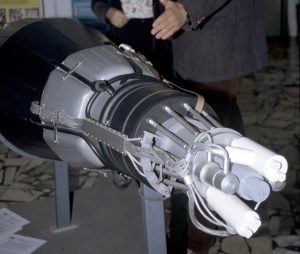
Figure 3: The Topaz-1 space reactor 3
In the Soviet Union, the TOPAZ nuclear reactor (Figure 3) was developed as a power source for space travels. The reactor was cooled by liquid metal and produced its electricity, other than the SNAP units with a thermionic converter. The hot electrode emits electrons thermionically to the cooler electrode. The first designs were capable of delivering electricity in the kilowatt region. The TOPAZ reactor research reached its peak with the experimental satellites Kosmos 1818 and Kosmos 1867, both powered by a TOPAZ nuclear reactor each.
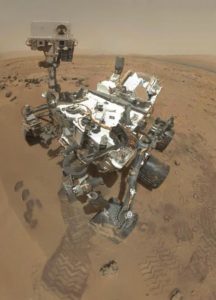
Figure 4: Curiosity on Mars 4
Nuclear energy gives not only power to space probes and satellites but can also be a reliable power source for robots thanks to its compact design. The “Curiosity” rover (Figure 4) , launched in November 2011, landed on Mars in August 2012 after a distance of over 600 million kilometers in space. The mission was projected to last two years of exploration on the surface of the red planet but the rover is still operating to date. The success of the rover has lead to discussions of a follow-up program under the name “Curiosity 2”.
References
1 NASA, http://history.nasa.gov/alsj/a14/AS14-67-9366HR.jpg
2 NASA, http://mediaarchive.ksc.nasa.gov/detail.cfm?mediaid=27362
3 Sputnik, A. Solomov
4 NASA, https://images-assets.nasa.gov/image/PIA16238/PIA16238~orig.jpg
5 https://www.forumnucleaire.be/theme/espace/le-rayonnement-radioactif-dans-lespace
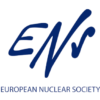
Figure 1: ALSEP Apollo 14 with SNAP-27 RTG on the moon1